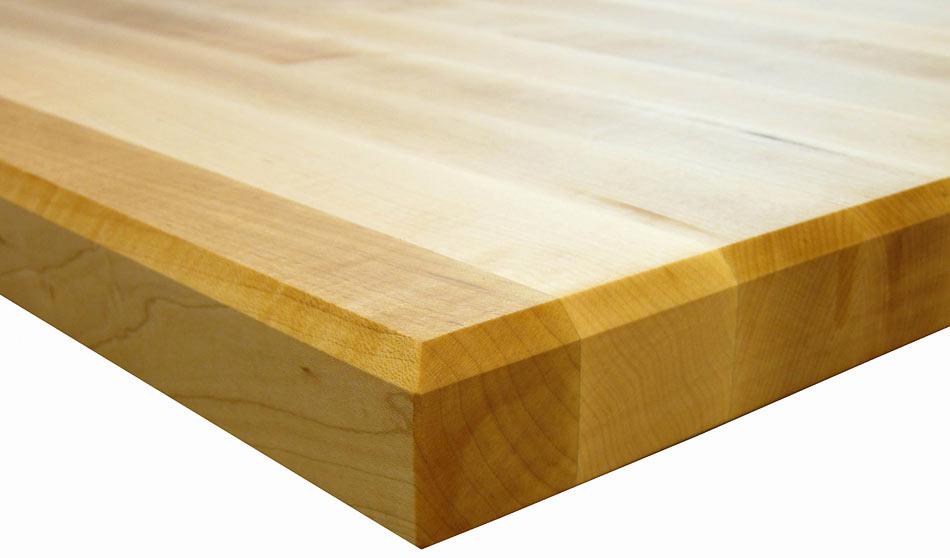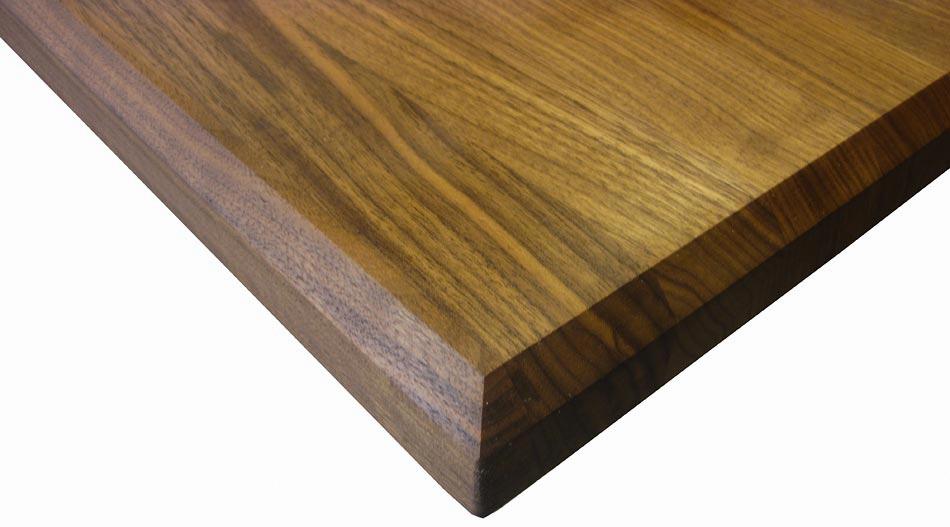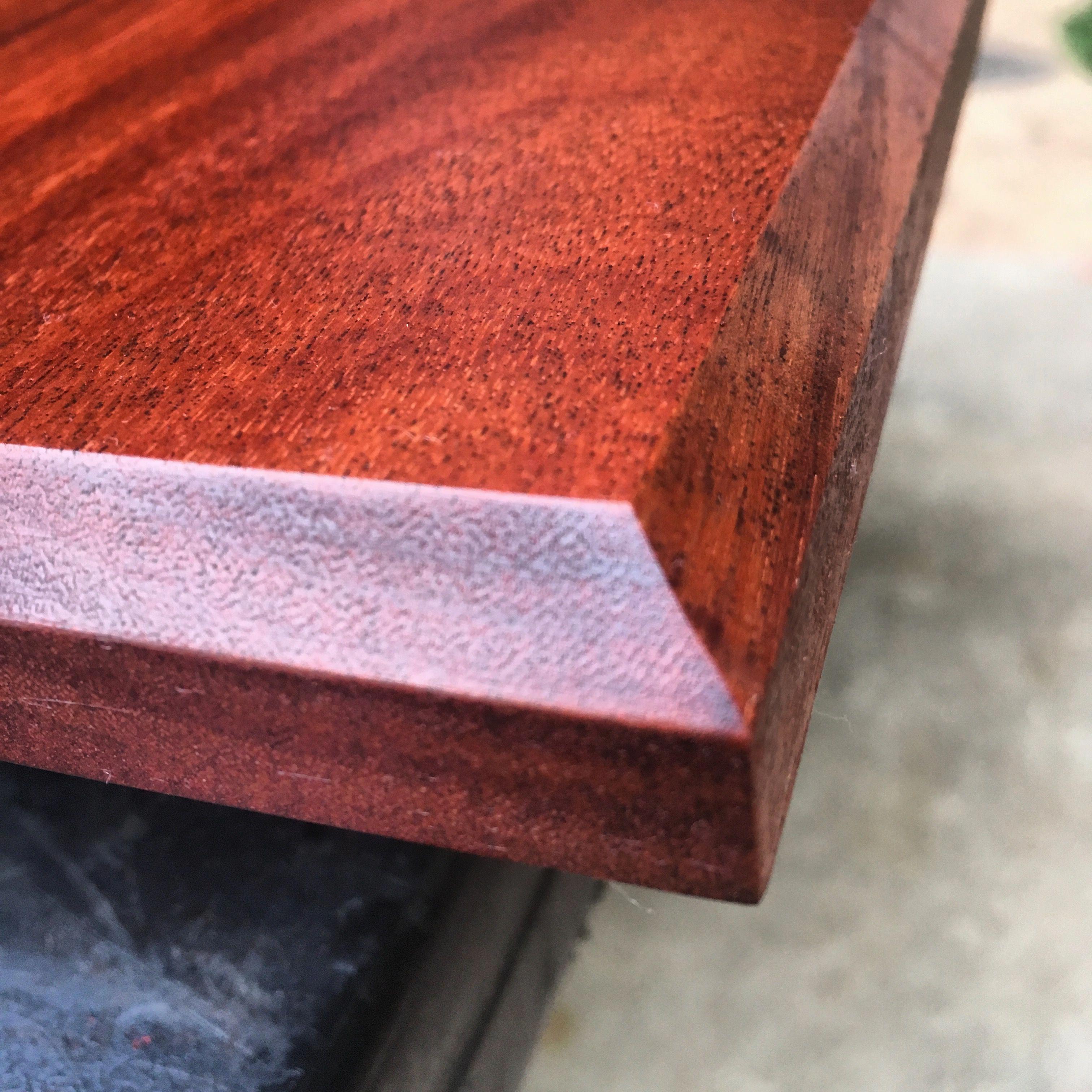Chamfered edges are a popular design element found in many different applications. They are used to provide a smooth, clean, and finished look to any project. The chamfer is created by cutting away material from the edge of a part or object in order to make it more aesthetically pleasing and easier to use.
Chamfering is a machining process that can be performed on both metal and non-metallic materials. It involves removing material from the edge of a workpiece using either a machine tool or hand tools such as files or abrasive stones. The goal is to create an angled surface that is smooth and even. Depending on the application, this angle can range from 45° to 90°.
The most common method of producing chamfers is by using a milling machine which works by rotating a cutting tool against the workpiece at an angle while it moves along the edge of the part or object being worked on. This creates an angled cut with precision and accuracy.
Other methods used for creating chamfers include grinding, turning, filing, and broaching. Grinding uses an abrasive wheel to grind away material from the edge of the workpiece in order to create a chamfer angle; this method can also be used for deburring or sharpening edges. Turning cuts away material with a lathe; however, this process may not be able to produce angles below 45° due to geometry limitations. Filing uses metal files or other hand tools for shaping; it requires more manual labor than other machining processes but can produce accurate results quickly with practice. Broaching forces specially shaped cutters through the workpiece; this method is typically used when dealing with large parts with very specific dimensions that require high precision and accuracy in order to achieve desired results.
Chamfered edges are often seen in components such as bolts, screws, nuts, washers, shafts, pipes, tubes, and even consumer goods such as furniture legs or cabinet handles. They offer functional benefits such as providing grip when turning fasteners or preventing damage caused by sharp edges when handling components as well as aesthetic benefits like giving objects a finished look once they have been machined or polished properly.
Overall, chamfering is an important aspect of many manufacturing processes because it helps improve safety and precision while also adding visual appeal to parts and objects alike. With its broad range of applications across multiple industries, it’s no wonder why so many manufacturers rely on this process for finishing their products correctly!
Chamfering the Edge | ToolsToday
Whats The Difference Between Bevel And Chamfer?
Bevels and chamfers are both types of edges that help smooth and soften the transitions between surfaces. Bevels have a slope that is any angle except 90 or 45 degrees, while chamfers are edges that connect two surfaces at a 45-degree angle. The main difference between bevels and chamfers is that bevels are used to create a transition between two flat surfaces, while chamfers can also be used to create a transition between a flat surface and a curved surface.

What Does A Chamfer Cut Look Like?
A chamfer cut is a 45-degree angled cut that is made acros the corner of a material. It removes the 90-degree edge and creates a flattened corner.
What Is A Chamfered Surface?
A chamfered surface is a flat surface that has been cut off at an angle, most oftn to make it easier to grip or to reduce the amount of material that needs to be removed in order to create the surface. Chamfering is commonly used on woodworking projects, such as table legs, to give them a more finished look and to make them easier to grip. It can also be used on other materials, such as metal or plastic, to create a smooth edge or corner.

Is A Chamfer Always 45 Degrees?
A chamfer is not always 45 degrees. It can be any angle that is beteen two adjoining right-angled faces.
What Are Chamfered Windows?
Chamfered windows are a type of window that features a beveled or chamfered edge on the sash. This type of window is typically used in period properties to create a more traditional look. Chamfered windows can also feature a dummy sash, whch is a window that does not open, but serves only to create equal sightlines.

Why Are Brakes Chamfered?
Chamber directional brake pads use a chamfer, a transitional surface between two sharp edges, on the friction surface. The chamfer prevents the leading edge of the brake pad from lifting from the brake disc, induces even pad wear and reduces noise.
How Does A Chamfer Work?
A chamfer is a beveled or rounded edge that is used to ease the transition between two surfaces. It is created by cutting a sliver off of the corner of one surface at a 45 degree angle. This creates a smoother transition and helps to prevent the formation of sharp edges.
